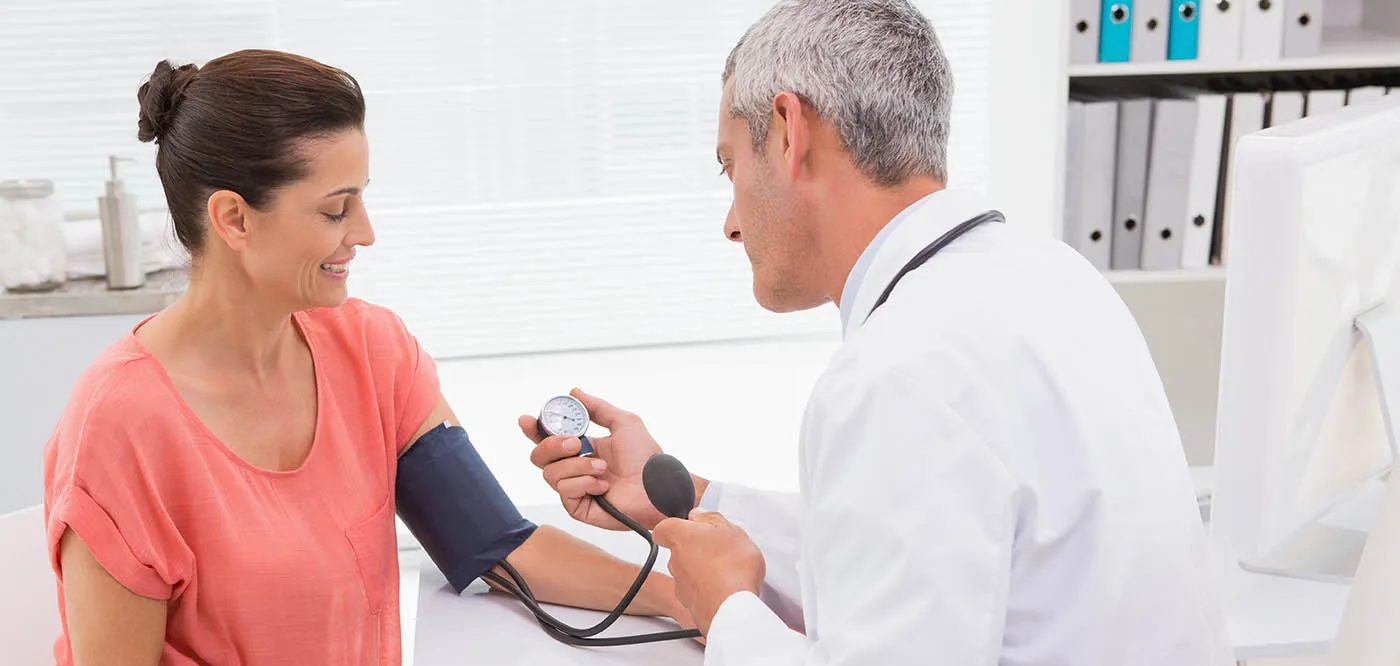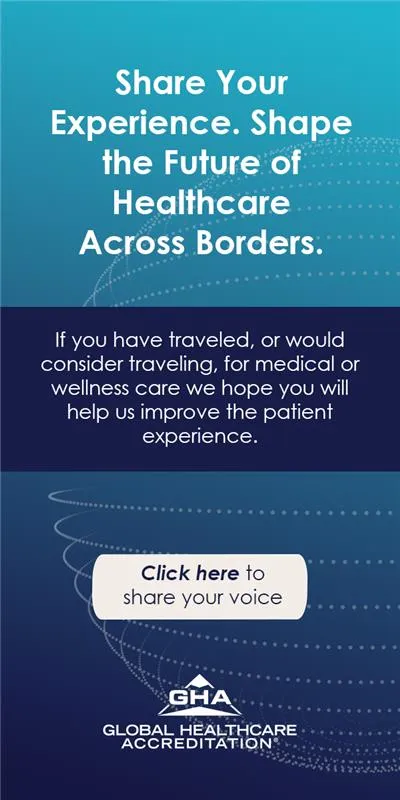Early detection of cancer dramatically improves prognosis, offering higher survival rates and broader treatment options. In the context of medical tourism, patients seeking comprehensive diagnostics abroad are often presented with a variety of imaging modalities. But not all imaging methods are equal when it comes to spotting cancer early. The key lies in choosing the right tool for the right type of cancer and patient profile. This article aims to provide a comprehensive overview of the most reliable imaging technologies used in early cancer detection, their specific strengths, and how international patients can benefit from these advancements.
Why Imaging Matters in Early Cancer Detection
Medical imaging is indispensable in oncology because it allows non-invasive visualization of internal structures. Unlike blood tests or physical exams, imaging can reveal tumors, tissue changes, and abnormalities even before symptoms emerge. Early imaging-based diagnosis is especially vital for cancers that remain asymptomatic until advanced stages, such as pancreatic, lung, or ovarian cancers.
In medical tourism, where patients often travel for preventive checkups or second opinions, access to advanced imaging can make a life-saving difference.
The Leading Imaging Technologies for Early Detection
1. Low-Dose Computed Tomography (LDCT)
Best for: Lung cancer screening, especially in high-risk groups (e.g., smokers)
LDCT uses lower levels of radiation than conventional CT scans while maintaining image clarity. It’s one of the few imaging techniques proven to reduce lung cancer mortality by detecting tumors at a stage when they are still curable. LDCT is often included in executive health checkups and preventive cancer packages abroad due to its fast, effective screening potential.
Advantages:
- Fast and non-invasive
- Detects small lung nodules
- Recommended for high-risk individuals
2. Magnetic Resonance Imaging (MRI)
Best for: Brain, spinal cord, liver, breast, and prostate cancers
MRI uses strong magnetic fields and radio waves to generate high-resolution images without radiation exposure. For cancer detection, it is especially beneficial in soft-tissue analysis. For example, prostate MRI is increasingly used in screening programs for men with elevated PSA levels.
Advantages:
- No ionizing radiation
- Excellent soft-tissue contrast
- Multiparametric MRI allows better tumor characterization
3. Positron Emission Tomography (PET) and PET/CT
Best for: Detecting metabolically active tumors, whole-body cancer screening, monitoring recurrence
PET scans use radioactive tracers to identify areas of increased metabolic activity, often a hallmark of cancer cells. When combined with CT (PET/CT), it provides both functional and anatomical information in one scan. PET/CT is often included in premium diagnostic packages abroad for patients with a personal or family history of cancer.
Advantages:
- Detects functional changes before structural ones
- Useful in staging and monitoring
- Often more sensitive than CT or MRI alone
4. Digital Mammography and Tomosynthesis
Best for: Breast cancer screening
Traditional mammograms have long been the standard for detecting breast cancer, but digital breast tomosynthesis (3D mammography) offers a clearer, layered image of breast tissue. This is especially useful in women with dense breast tissue, where conventional mammograms might miss lesions.
Advantages:
- Better accuracy in dense breast tissue
- Reduced false positives
- Can detect smaller tumors
5. Ultrasound and Doppler Ultrasound
Best for: Thyroid, liver, pelvic, and breast cancers
While not typically a first-line screening method for systemic cancers, ultrasound is highly effective in localized scanning, especially for distinguishing cysts from solid masses. In many cancer screening packages abroad, ultrasound is used in combination with other modalities for a comprehensive overview.
Advantages:
- No radiation
- Portable and affordable
- Effective in guiding biopsies
Choosing the Right Imaging Based on Cancer Type
Different cancers present differently, and the ideal imaging modality often depends on the location and biological behavior of the tumor.
Cancer TypePreferred Imaging ModalityLungLow-Dose CTBreastMammogram, 3D Tomosynthesis, MRIProstateMultiparametric MRIBrainMRILiverMRI or CT, with optional PETColonCT Colonography (Virtual Colonoscopy)OvarianTransvaginal Ultrasound, MRILymphomaPET/CT
Medical travelers undergoing full-body checkups should ensure the imaging approach is tailored to their individual risk factors, age, and medical history.
The Role of AI and Imaging in Early Cancer Detection
Artificial intelligence (AI) is revolutionizing radiology. AI-enhanced imaging can detect subtle patterns and abnormalities that may be missed by human eyes. In medical tourism destinations offering AI-powered diagnostics, the fusion of human expertise and machine precision is setting new benchmarks in early cancer detection.
Key innovations include:
- AI-based breast cancer detection in mammography
- Lung nodule analysis using deep learning on LDCT
- Predictive analytics for identifying high-risk lesions
Considerations When Choosing Imaging Abroad
When planning to undergo cancer imaging internationally, consider the following:
- Technology availability: Not all destinations have access to PET/CT or 3D mammography.
- Accreditation and quality standards: Choose facilities adhering to global radiology protocols and image quality controls.
- Radiation exposure: Understand the cumulative radiation risks, especially with repeated CT or PET scans.
- Cost and transparency: Imaging prices vary significantly; bundled packages may offer better value.
- Integration with follow-up care: Ensure that any suspicious findings are supported by access to biopsy, pathology, and oncology consultation if needed.
In conclusion, Early cancer detection is no longer just about catching disease—it’s about precision, technology, and accessibility. Imaging plays a frontline role in identifying cancer when it is still treatable, and international patients now have unprecedented access to cutting-edge modalities as part of global health checkups.
By understanding which imaging techniques offer the best outcomes for specific cancers, patients and medical tourism facilitators can make more informed, life-saving decisions. Whether it’s a low-dose CT scan for a long-time smoker or an MRI for a patient with a family history of prostate cancer, the right imaging at the right time can redefine the trajectory of health.
If you're considering this treatment, Better by MTA is here to help. Through our exclusive partnership with Mastercard, we connect you to trusted hospitals and doctors worldwide, ensuring price transparency and secure, flexible payment options. Whether you're looking to use a credit card, bank transfer, or explore upcoming patient financing options, we make your medical journey seamless and worry-free.
Get started today and book confidently without hidden fees or financial risks. Click the link below to request a free quote: https://www.better.medicaltourism.com/get-a-quote













